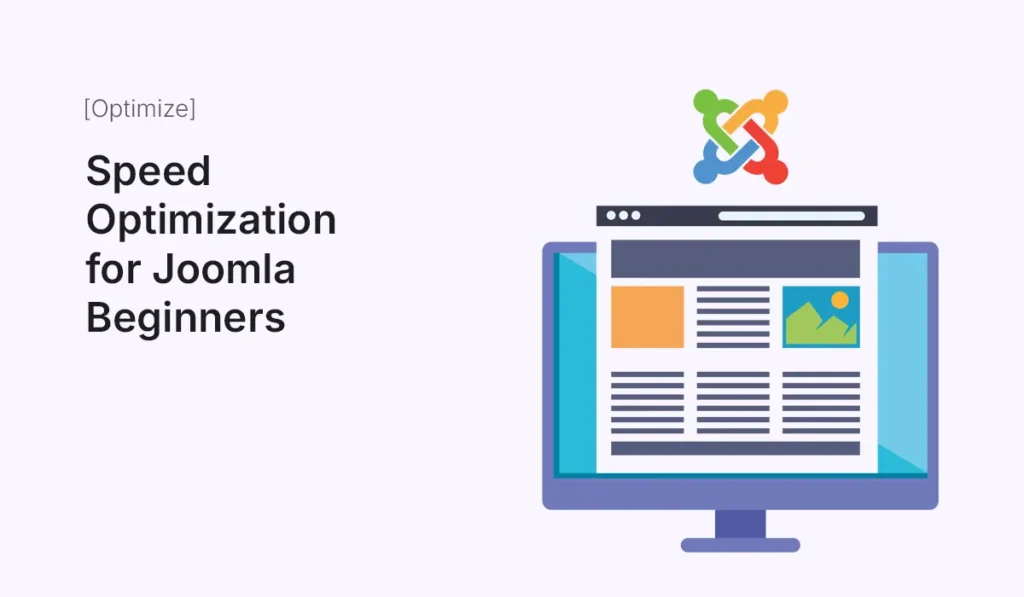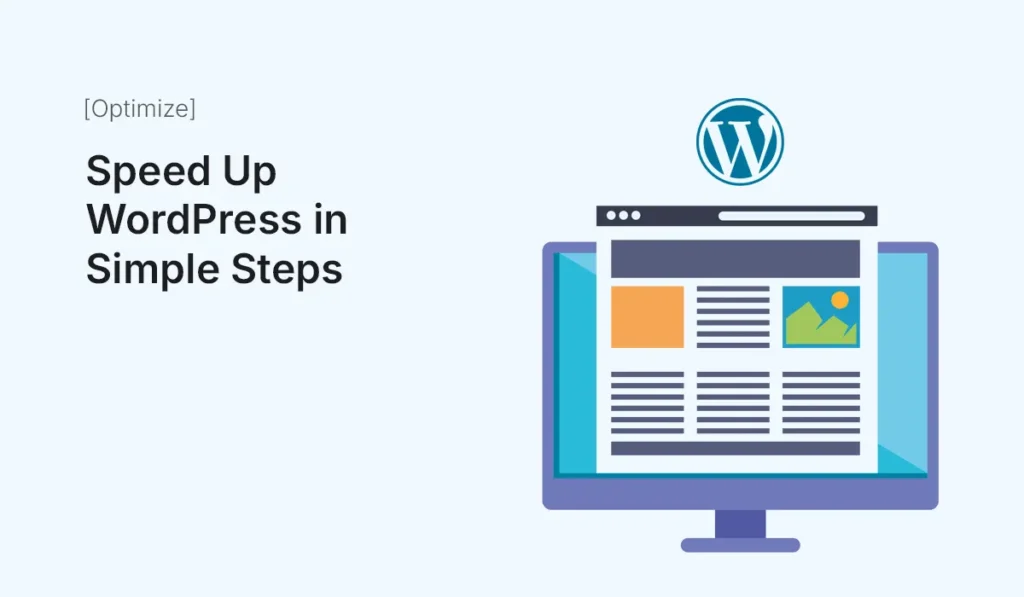Speed Optimization for Joomla Beginners

Website speed is a critical factor for user experience, search engine rankings, and overall website success. Slow-loading websites frustrate visitors and can significantly reduce conversions. Joomla, while a powerful CMS, can become slow if not optimized properly. This guide will walk beginners through essential steps to speed up a Joomla website, from configuration tweaks to extensions and best practices. Why Website Speed Matters Optimizing your Joomla website’s speed is crucial because: For beginners, simple optimizations can drastically improve Joomla performance without technical complexity. Step 1: Choose a Fast Hosting Provider Your hosting environment impacts website speed: A reliable hosting provider with good server response times lays the foundation for a fast website. Step 2: Use a Lightweight Template Templates affect page load times: A lightweight template ensures your website loads quickly across devices. Step 3: Enable Joomla Caching Caching reduces server load and speeds up page delivery: Caching stores frequently accessed data, reducing page load time for repeat visitors. Step 4: Optimize Images Large images slow down websites significantly: Optimized images improve load times without sacrificing quality. Step 5: Minify CSS and JavaScript Reducing file sizes helps browsers load content faster: Minification decreases file sizes and improves site speed. Step 6: Use a Content Delivery Network (CDN) A CDN delivers your website content from servers closer to the user: CDNs are particularly useful if you have a global audience. Step 7: Optimize Joomla Database A clean database improves server response: A lean database enhances Joomla performance. Step 8: Enable GZIP Compression GZIP compresses files before sending them to browsers: Compressed files load faster, reducing bandwidth usage. Step 9: Limit the Use of Extensions and Modules Too many extensions or modules can slow your site: Streamlining your Joomla site reduces server load and improves speed. Step 10: Monitor Speed and Performance Regular monitoring helps maintain website speed: Continuous monitoring ensures your website remains fast and user-friendly. Conclusion Speed optimization is a crucial part of maintaining a successful Joomla website. By selecting fast hosting, using lightweight templates, enabling caching, optimizing images, and using tools like CDNs and GZIP compression, beginners can significantly improve website performance. Additionally, monitoring and maintaining your site ensures it remains fast as you add more content and functionality. Start optimizing your Joomla website today to deliver a seamless, fast-loading experience for your visitors and improve your search engine rankings. Boost your Joomla website performance today! Follow this Joomla speed optimization guide to improve loading times, enhance user experience, and rank higher in search engines.
Speed Up WordPress in Simple Steps

Website speed is crucial for user experience, search engine rankings, and overall website success. A slow WordPress site can lead to high bounce rates and lost visitors. The good news is, speeding up WordPress is simple with the right strategies. In this guide, we’ll walk you through easy steps to optimize your WordPress site for speed. Why Speed Matters for WordPress Sites Step 1: Choose a Fast and Lightweight Theme The theme you choose impacts your site speed: Pro Tip: Minimalist designs often load faster due to fewer elements and scripts. Step 2: Use a Caching Plugin Caching reduces server load and speeds up page delivery: Step 3: Optimize Images Large images are a common cause of slow websites: Step 4: Minify CSS, JavaScript, and HTML Minification removes unnecessary spaces and comments: Pro Tip: Test your site after minifying to ensure it works correctly. Step 5: Use a Content Delivery Network (CDN) A CDN stores your website files on multiple servers worldwide: Step 6: Optimize Your Database A cluttered database slows down your website: Step 7: Limit Plugins and External Scripts Too many plugins or scripts can affect site speed: Step 8: Enable Lazy Loading Lazy loading ensures images and videos load only when visible on the screen: Pro Tip: Lazy loading reduces initial page load time and improves Core Web Vitals scores. Step 9: Choose a Reliable Hosting Provider Your hosting affects speed significantly: Step 10: Test Your Website Speed Regularly Conclusion Speeding up WordPress doesn’t have to be complicated. By following these simple steps—choosing a fast theme, caching, optimizing images, using a CDN, and limiting unnecessary plugins—you can significantly improve your website’s performance. A faster site not only enhances user experience but also boosts SEO and engagement. Start optimizing today! Follow these simple steps to speed up WordPress and create a fast, user-friendly, and SEO-ready website for your visitors.
